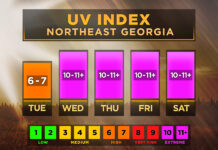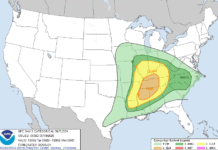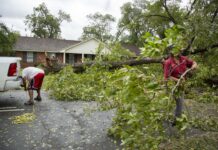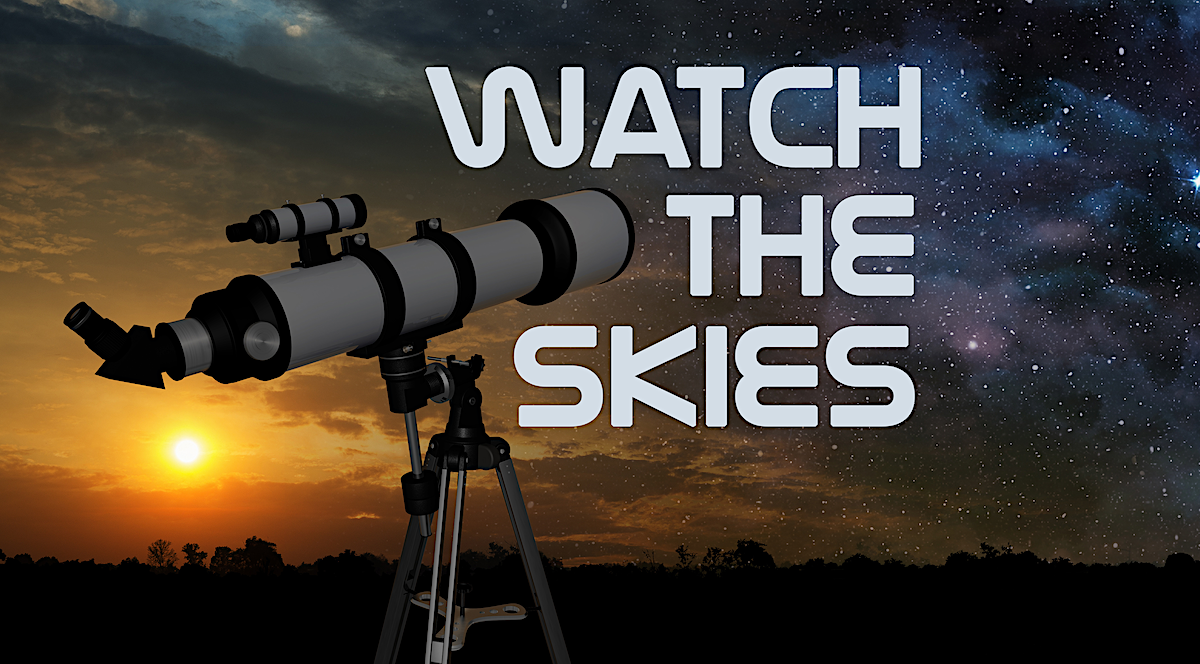
Much like last week, this week we are going to focus on a particular object.
Flying high above us are the most isolated people in the world: the astronauts aboard the International Space Station.
The ISS was first conceived in 1984 during the heyday of orbital space stations. Stations such as America’s SkyLab and the USSR’s MIR were early attempts at making a permanent “base” of sorts in low-Earth orbit. After over a decade of planning and cooperation between 5 separate space agencies, the first module of the ISS launched in 1998. The first astronauts would follow 2 years later in 2000. Since then 244 astronauts and tourists have visited the station from 19 different nations.

The station has been continuously habited for over 20 years. It orbits between 259 and 262 miles above the Earth and makes around 15.5 orbits per day. The first crew arrived in November 2000 on a Russian Soyuz rocket. With the exception of the first couple modules the modules were all carried up on the Space Shuttle.
So, why do we care about that? Because the Space Station is big. Very big. Big enough that it can be seen easily with the naked eye from the Earth at the right times. After the sun goes down from our vantage point the sun is still hitting well above the surface. In fact, at the ISS orbit, the sun is still shining well over an hour after it sets on the surface directly below it. This allows a fun opportunity for us to see it moving across the sky as light bounces off its large solar panels and structural components. At times it can appear as bright as Venus at its brightest, or impossible to miss against the background sky.
The times it will be visible are forecast ahead of time and there are numerous places where you can get these forecasts for your location. The best is the one run by NASA themselves called Spot the Station which will send you text alerts when the Space Station is about to be visible. I also personally use the smartphone app called ISS Detector which is available on Android.
This upcoming week there will be several passes of the station over North Georgia. I’ve included these below along with the times so you can be sure to try and check it out!
The best pass will come on Tuesday night when the station will be extremely bright and pass directly overhead! Another great pass will come on Friday night which will last for 7 minutes and move almost the entire length of the sky from horizon to horizon (a full pass takes 10 minutes).
Monday: 7:50PM-7:54PM low in the northeast
9:26PM-9:27PM low in the west
Tuesday: 8:39PM-8:42PM VERY bright directly overhead
Wednesday: 7:51PM-7:57PM high in the northeast
9:29PM-9:30PM low in the west
Thursday: 8:41PM-8:46PM fairly low in the southwest
Friday: 7:53PM-8:00PM high in the southwest
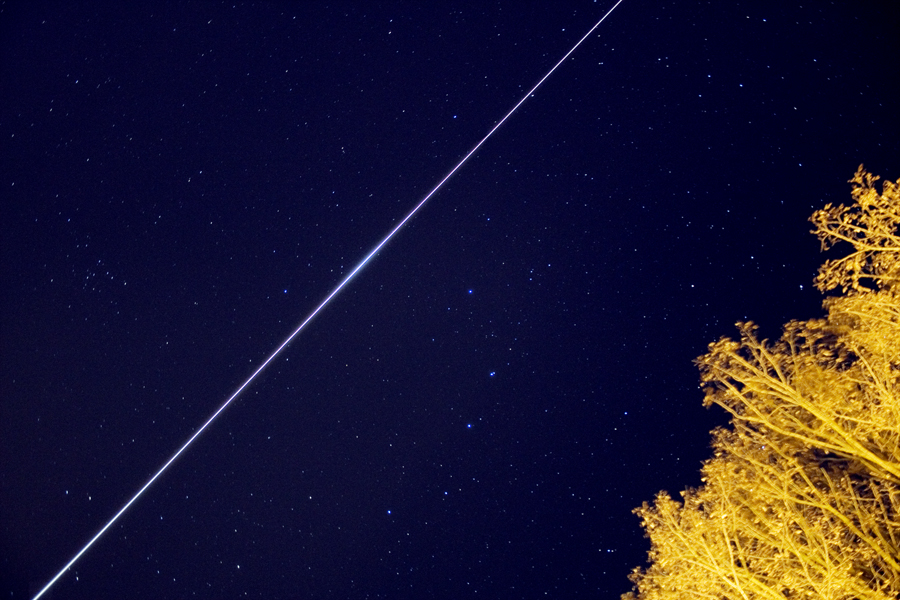
Get out this week and try to see our friendly neighborhood astronauts hurtling overhead!





